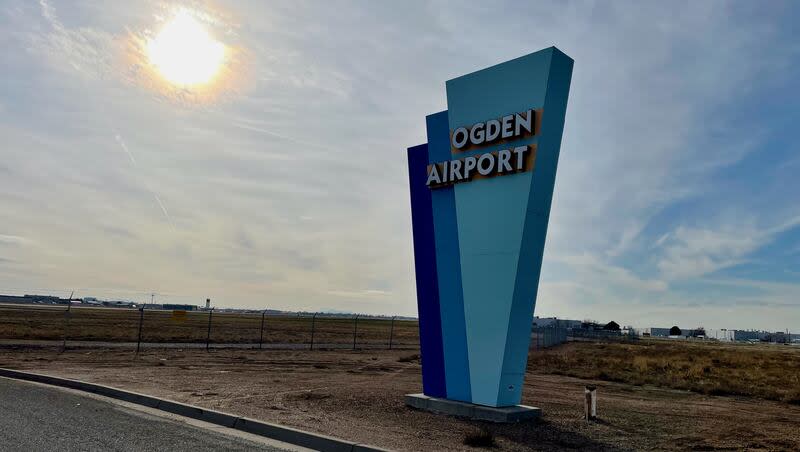Utah audit recommends better planning to bolster Ogden airport, a money-loser for 17 years

For 17 straight years, Ogden-Hinckley Airport has lost money, and a new state audit suggests better city planning could help reverse the trend.
"While the airport is not required to be revenue neutral, we believe poor planning has prevented progress toward decreasing the airport's operating deficit," says the report, released Wednesday by the Office of the Legislative Auditor General.
The small city-owned facility, currently home to one commercial carrier, has been the focus of plenty of debate over the years among city leaders eager to lure more carriers and bolster its fortunes. But it's also been the focus of lawsuits by disgruntled hangar owners upset over the city's moves to prod them out as part of airport redevelopment efforts. Moreover, in response to the hangar owners' concerns, airport operations were the focus of a legislative committee hearing last November, which led to the audit.
The audit didn't dive into the legal dispute, since it is still winding its way through court, but focused on how the airport has been managed. Notably, state auditors recommend the city update the airport master plan every 10 years and create performance measures to aid in tracking whether efforts to bolster the airport's fortunes yield results.
Though the city thinks the facility's 2020 master plan can help counter losses, "we could not find performance metrics or other processes that are vital parts of monitoring, evaluating and adjusting the airport's efforts to improve," the audit reads. "Without these processes, efforts to improve the airport may not support the vision of the master plan and large investments may not yield commensurate results."
Annual airport losses between 2006 and 2022, offset by the city, range from $200,000 to $1.7 million and work out to an average of $885,000 a year, according to the report. Losses at airports aren't uncommon, the report said, but Ogden's are higher than other smaller facilities auditors reviewed. The audit found minimal risk of "misuse or abuse" of airport funds.
Ogden Mayor Ben Nadolski called the auditor’s recommendations “precise and helpful” in a response included in the audit report released Wednesday. He also wrote that the city had recently hired an airport consulting firm to review the operation and help implement new management practices. The consultant, he went on, will also help create “quantifiable goals that can be measured to verify progress.”
The stakes are potentially big.
Breeze Airways launched air service out of Ogden-Hinckley Airport to Orange County, California, last February and city officials have dreamed of bringing in more carriers. They've also said they'd like to spur additional general aviation and bolster aeronautical business operations at the facility. City officials put estimated investment potential at the facility around $454 million through 2038. Auditors noted that concerns from Weber County leaders have stymied creation of a tax-increment finance plan that could generate as much as $120 million in funding for airport infrastructure.
While not delving into the legal issues with hangar owners, the report notes historically strained relations between them and city leaders. Nadolski, who took office as mayor in January, has said smoothing the sometimes-rocky relationship between airport stakeholders and his predecessor, Mike Caldwell, would be a priority.
The report recommends airport officials implement a more regular inspection scheme to make sure hangars comply with federal use requirements and city code. Airport records indicate 23 of the airport’s 244 hangars are potentially being used as living quarters, and 22 hangars don’t have functioning airplanes in them. “For 43 other hangars, OGD has no information regarding the presence of functioning aircraft,” reads the audit.
